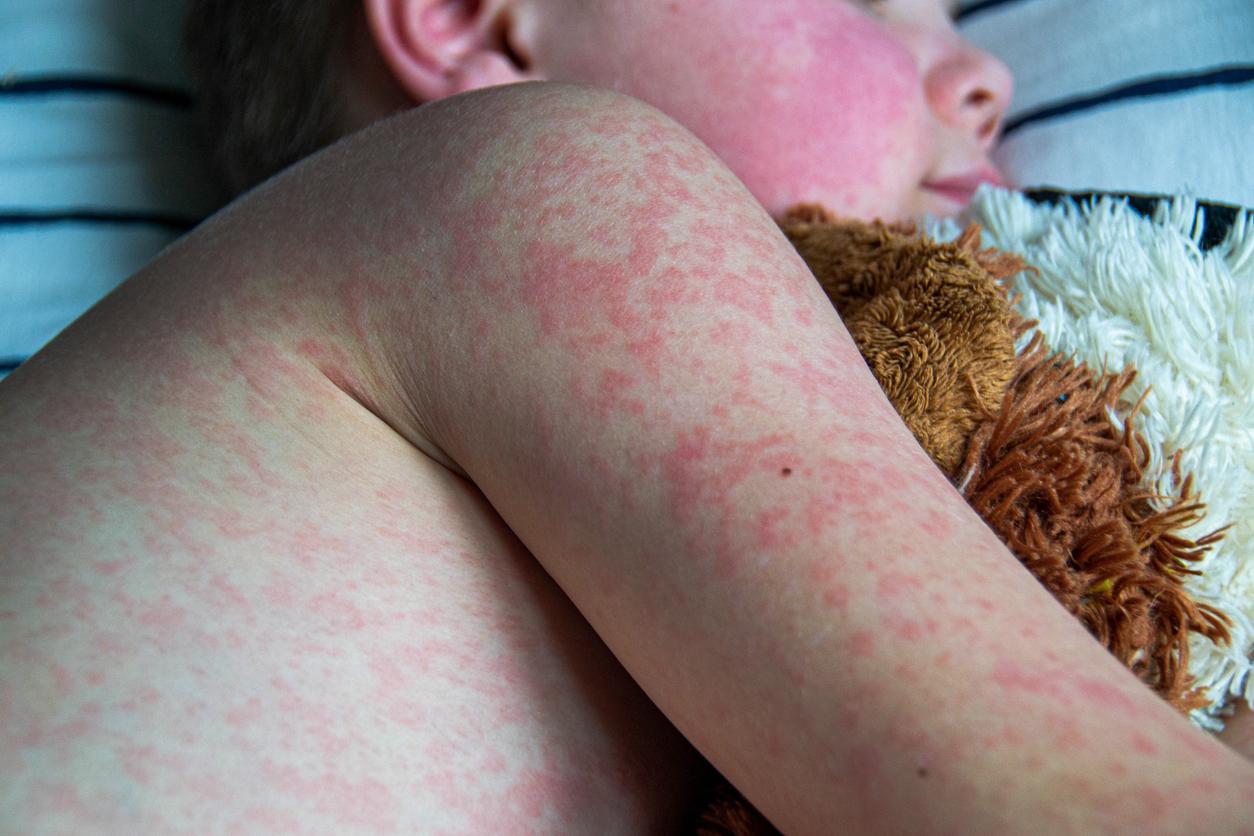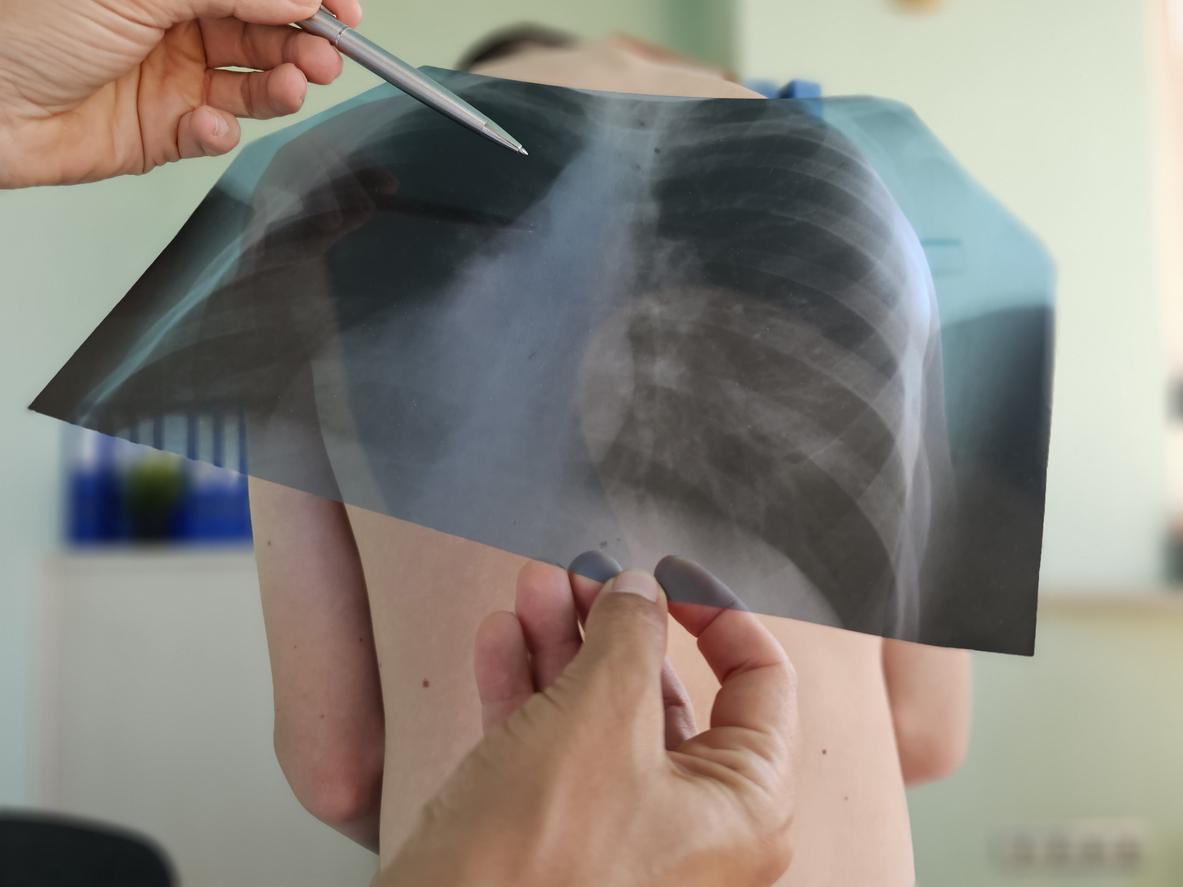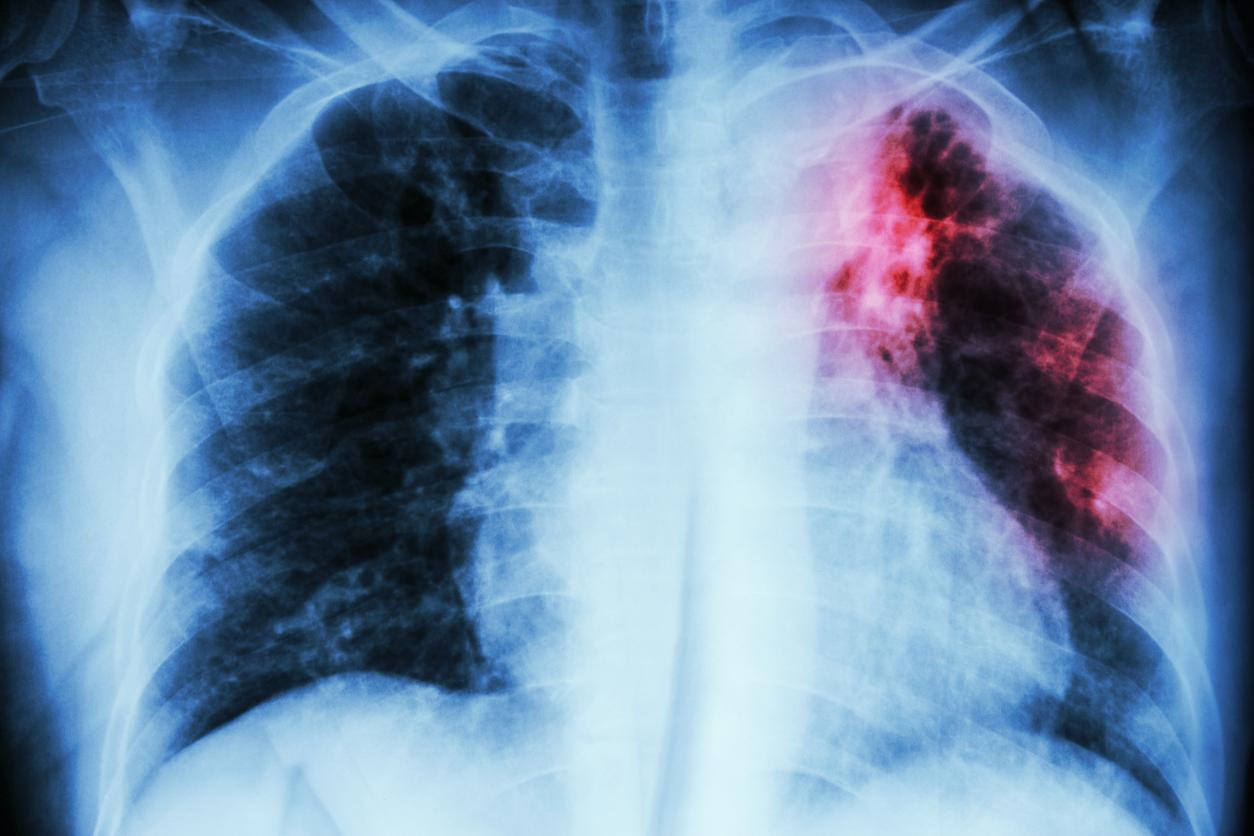Two thirds of teenagers enter the period of risk without being protected against hepatitis B. This situation illustrates the decline in France in terms of vaccination.

Thunderclap in the land of Pasteur, a 12-year-old girl died of an acute measles attack. This young Savoyard has fallen through the cracks of vaccination coverage. She had not received either of the two doses of the MMR vaccine (measles, mumps, rubella). Unfortunately, this case of measles is not an exception, several epidemic outbreaks were identified last year by the National Institute for Sanitary Surveillance, especially in Vendée, Allier and Deux-Sèvres. “The situation in recent months has deteriorated a little, but also in other European countries such as Germany,” confirms Professor Didier Houssin, Director General of Health.
Since the early 1980s, the measles vaccine has been recommended by health authorities. What happened ? “The current vaccination coverage rate is still insufficient to eliminate the disease,” warns Professor Daniel Floret, president of the Technical Committee on Vaccination (CTV). 87% of children aged 2 have received a dose of the vaccine, while at least a coverage rate of 95% should be achieved ”. The president of the CTV is also concerned about the stagnation of the coverage rate against hepatitis B in young children. In addition, following the lifting of the vaccination obligation in July 2007 and the arrival of an intradermal vaccine that is less easy to carry out, Professor Floret fears that the vaccine coverage against tuberculosis is declining.
Among adolescents and adults, the situation is even more worrying. “One-off surveys show a drop in protection in the adult population,” underlines Professor Floret. Beyond 25 years, the vaccination coverage rate against polio or diphtheria drops below 65% while the objectives are above 80%. Similarly against tetanus, the rate drops to 60% in people over 65, while it was 71% ”. For the president of the CTV, it is urgent to mobilize for vaccination.
MMR: measles appears harmless
What are the reasons for these breaches in our prevention system? First of all, the diseases appear to be benign in the eyes of the population. “Due to the progress made and the rarity of these infectious pathologies, vigilance is diminishing,” said Professor Didier Houssin, “this is one of the explanations for the upsurge in cases of measles”. “It is not uncommon for parents to forget the second injection for MMR, notes Dr Fabien Quédeville, general practitioner in Essonne, and president of the union of young general practitioners (SNJMG). They are not always aware that measles is dangerous ”.
This is also one of the explanations for the resurgence of cases of pertussis. The CTV has launched a new recommendation for adults with a parenting plan, but it is struggling to be implemented. “Young adults do not realize that they are often the ones who contaminate their infants,” explains Professor Floret. “We find it all the more difficult to convey a prevention message to young adults as the opportunities are rare to see them in our practices”, explains Dr Guislain Ruelland, general practitioner in Seine-Saint-Denis.
BCG: end of the obligation
Another explanation for these gaps in immunization coverage is the change in the schedule. This is the case with the tuberculosis vaccine. The obligation was lifted in July 2007 but it remains strongly recommended for children likely to be exposed to the bacillus. Thus, the recommendation applies to all children in Ile-de-France.
However, 24% of parents in Ile-de-France did not accept that their child be vaccinated according to an INVS survey carried out last April. “Even if the new vaccination policy has been generally well accepted, the coverage in children born after the suspension of the obligation seems insufficient, concludes Dr. Jean-Paul Guthman, epidemiologist at the INVS. At seven months, the coverage of children at risk remains below 60% while it was over 70% at the same age for children born before July 2007. This pleads in favor of strengthening communication with the population. and health professions ”.
Added to this is the cessation of the marketing of BCG by multipuncture. The modification of the technique has hampered the practitioners, who have sometimes withdrawn from this practice. “It’s a hassle to take the right dose in the bottle, then to do a subcutaneous with a young infant who is agitated, especially when one is not helped by the parents”, describes Dr. Ruelland. . “We were changed the tool without training,” said Dr Pierre Popowski, pediatrician and vice-president of the Public Health Commission of the Urml Ile-de-France. However, we can organize ourselves differently. For example, referring children for vaccination to a maternal and child protection center (PMI). ”
For this pediatrician, lifting the obligation is a good thing. “Vaccination must be the subject of honest, scientific but not ideological communication, we must win the support of our patients,” explains Dr. Popowski, who points out that in England where the requirement for BCG was abolished in 1996, the coverage rates are higher than those in France.
Hepatitis B: the most controversial vaccine
Membership is the crux of the matter. The case of the hepatitis B vaccine is revealing. According to the health barometer of the National Institute for Prevention and Health Education (INPES), it is the vaccine that causes the most rejection. “Two-thirds of French adolescents will enter the risky period without being protected,” warns Professor Floret. Successive studies exonerating the vaccine from having contributed to the development of multiple sclerosis in some people, fail to completely overcome the reluctance of parents.
This failure is due to faulty communication. “When the authorities are in doubt, it is difficult to get the message across to the population,” said Dr Ruelland. We have taken the precautionary principle a little too far. Why not present this vaccine as an anticancer vaccine, suggests the general practitioner, 25% of liver cancers are due to complications of hepatitis ”. A sign of hope, the arrival of the hexavalent vaccine changes states of mind. “Encompassed with other vaccines, it is better accepted, especially since it is now reimbursed”, explains Dr Quédeville.
In this area, the PMIs have taken a little lead. Some departments have covered the cost of vaccines for which marketing authorization has been granted but which is not reimbursed. “Thanks to this support, we were able to quickly promote this vaccine and today we have a coverage rate of around 70%,” says Dr Marie-Agnès Marion, head of PMI at the General Council of Essonne.
“Vaccination is a fight that will never be over,” says Professor Houssin. Moreover; efforts continue. Since 2005, European Immunization Week has enabled the month of April to disseminate information to the population and healthcare professionals. In addition, INPES joined forces with the High Council for Public Health to design and disseminate practical documents that help doctors start a dialogue about immunization ”. Another initiative, following the “Youth Health” Plan, the establishment in 2009 of a free consultation, but not compulsory, for adolescents will help to provide an additional opportunity to ensure proper monitoring of vaccination.
.















